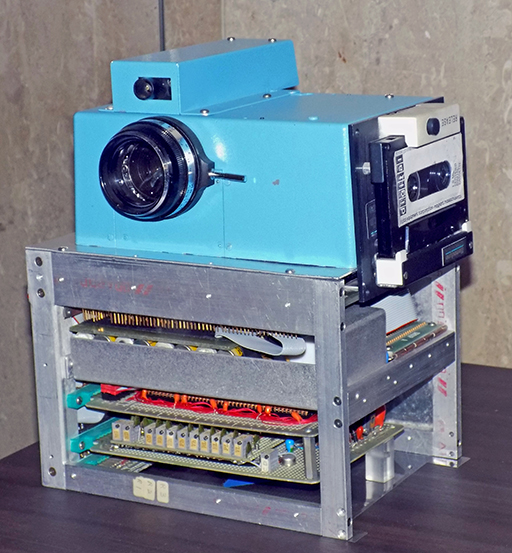6.4 Killing creativity
There are certain behaviours that can stifle creativity. Teresa Amabile (1998) elaborates on some of the ways organisations kill creativity:
When I consider all the organizations I have studied and worked with over the past 22 years, there can be no doubt: creativity gets killed much more often than it gets supported. For the most part, this isn't because managers have a vendetta against creativity. On the contrary, most believe in the value of new and useful ideas. However, creativity is undermined unintentionally every day in work environments that were established – for entirely good reasons – to maximize business imperatives such as coordination, productivity, and control.
Perhaps one of the starkest examples of an organisation ‘killing creativity’ is that of Kodak, as Gann explains:
Kodak had a long history of cultivating and embracing risky innovations. George Eastman, the company’s founder, recognised this when he pivoted Kodak’s core business from dry-plates to film, and from black and white to colour, despite hitting profitable product lines in the short-term. Decades later, Kodak blew its chance to lead the digital photography revolution. They got things half-right. Kodak engineer Steve Sasson actually invented the digital camera in the company’s R&D labs in the 1970s.

Sadly, as Gann points out, Sasson’s innovation was rejected by Kodak’s leadership who saw it as a threat to their core business. The tale of Kodak’s subsequent demise neatly illustrates the mistake they made and once again highlights the fact that when it comes to creativity and innovation in organisations, it takes more than just a genius in the corner or even a group of smart people. Organisations must create the conditions for new ideas to emerge and thrive and support their best people.
In the next section you will examine the importance of knowledge creation and wise leadership.
